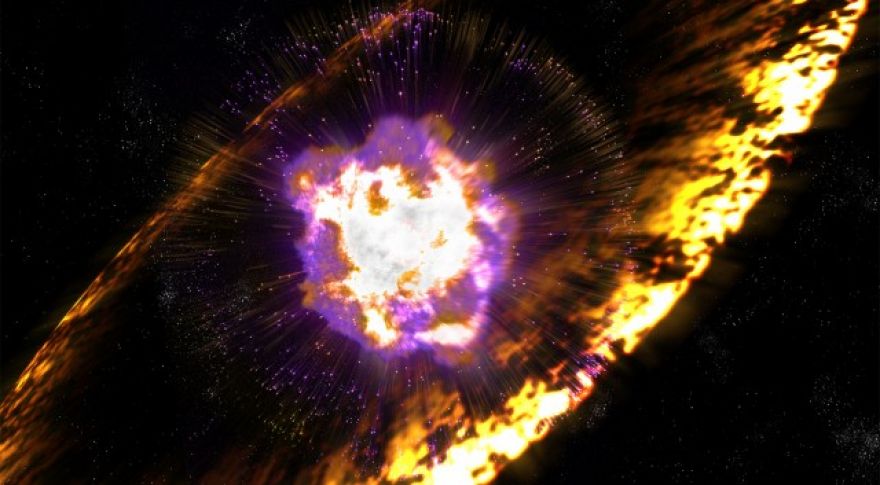
Science may be close to understanding where heavy elements come from
It seems so simple: where do the elements come from? We can study the individual constituents that make up the classical elements of the periodic table, and we can certainly do cool things with those elements, but their origins have remained at least somewhat uncertain, on the level of elementary particles. Science has long known that fusing particles together into atoms heavier than about lead requires so much energy that it could not realistically be done anywhere other than the most violent astronomical events, like supernovae. Evidence supporting or updating this basic theory has been hard to come by, however, since even the Large Hadron Collider can’t create high enough energies to make such elements here on Earth.
But recent work from MIT’s Kavli Institute looking at distant stars may have provided some of the evidence we need — and the results are not what physicists expected. Signals collected from the brightest stars in a tiny galaxy called Reticulum II show far higher concentrations of heavy elements than theorized. That’s fascinating to nuclear physicists, but it also have implications for the evolution of the early universe. In a recent round table discussion of their work, the that studies like this, into some of the smallest-scale processes in the universe, could help reveal the origin of some of the largest structures known.
An artist’s conception of a supernova forging heavy elements. Credit: Akihiro Ikeshita/Naotsugu Mikami
R-process elements are those heavy elements that are formed by “rapid” processes, most likely at the heart of a collapsing star or in the collision of two neutron stars. They include lead, platinum, and uranium, but in the case of Reticulum II it seems that gold and europium are king. Just why the brightest stars in the nearby dwarf galaxy seem to be such stellar gold mines is not yet known, but we do know they couldn’t have made those elements themselves; they’re just not hot enough.
“When we read off the r-process content of that first star in our telescope, it just looked wrong, like it could not have come out of this galaxy,” said MIT graduate student Alex Ji. “I spent a long time making sure the telescope was pointed at the right star.”
These MIT scientists believe they can show that the r-process elements they’re looking at formed from the collision of two neutron stars, at some point long in Reticulum II’s past. The elements created in the pressurized furnace of this catastrophic event then “seeded” Reticulum II, leading to the current readings.
What’s most interesting is that the astronomers think their results imply that most r-process elements come from neutron star mergers. They also think their study could imply that Reticulum II got seeded with all its r-process elements from a single neutron star collision, meaning larger galaxies might also have gotten all their r-process elements from a very small number as well.which means that a whole lot of the stuff that we humans think of as stuff, from metallic rocks to xenon gas, come from just a very few spectacular events. It might seem like there’s an awful lot of heavy material in the universe, but the reality is that the universe is almost entirely either hydrogen or helium — the Sun, for instance, is is just one part gold per billion.